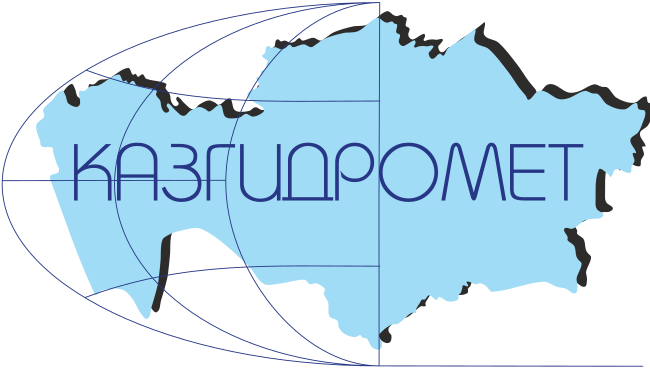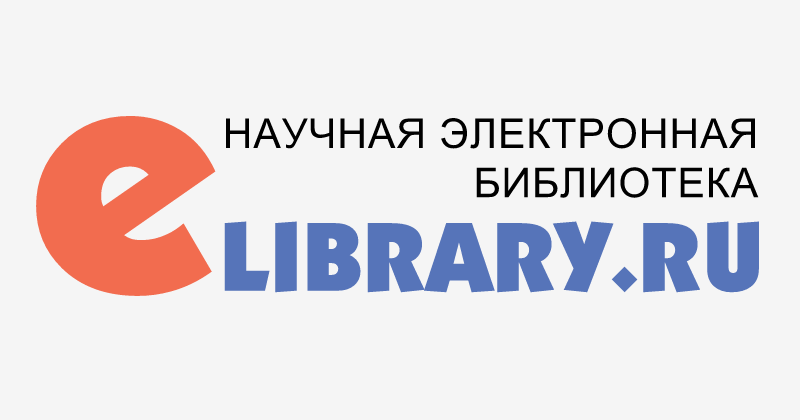DETERMINATION OF TECHNOLOGICAL OXIDATION ZONES AT URANIUM DEPOSITS IN KAZAKHSTAN USING MACHINE LEARNING METHODS MACHINE LEARNING METHODS
DOI:
https://doi.org/10.54668/2789-6323-2024-113-2-67-80Keywords:
machine learning, uranium mining, technological oxidation zone, underground borehole leaching, artificial neural networks (Artificial Neuron Network / ANN), Extreme Gradient Boosting (XGB)Abstract
The determination of technological acidification zones in uranium deposits during leaching is necessary for precise control and optimization of the uranium extraction process. Incorrect determination of the technological acidification zone can lead to excessive use of acidic reagents, which not only increases costs, but also can cause undesirable environmental consequences. The paper proposes an approach to solving issues related to the manual determination of zones of technological acidification in uranium deposits in Kazakhstan. The approach includes the study of machine learning algorithms to automate the identification of these critical areas. The use of artificial neural network (ANN) models and the extreme gradient boosting (XGB) model has shown its effectiveness in automating and improving the identification of these important zones during the mining of uranium deposits by underground borehole leaching. Thus, the accuracy of acidification intervals according to the F1-score metric for the ANN model is 0,75, and for the XGB model it is 0,80.
References
Петров Н.Н., Язиков В.Г., Аубакиров Х.Б., Плеха- нов В.Н., Верщков А.Ф., Лухтин В.Ф. Урановые место- рождения Казахстана (экзогенные). Алматы: Гылым, 1995 – 264 с.
Петров Н.Н., Язиков В.Г., Аубакиров Х.Б., Плеха- нов В.Н., Верщков А.Ф., Лухтин В.Ф. Урановые место- рождения: Новая эра, №1, 2014 г.
Перельман А. И., Гидрогенные месторождения урана. Основы теории образования, М.: Атомиздат, 1980. 270 с.
Евсеева Л. С„ Перельман А. И. Геохимия урана в зоне гипергенеза. М.: Госатомиздат, 1962. 239 с,
Перельман А. И., Экзогенные эпигенетические место- рождения урана. Условия образования, . М.: Атомиздат, 1965. 323 с.
K. Helbig and S. Treitel, “Computational Neural Networks for Geophysical Data Processing,” Handbook of Geophysical Exploration, Seismic Exploration, vol. 30, 2001.
M. Van der Baan and C. Jutten, “Neural networks in geophysical applications,” Geophysics, 65 (4), pp. 1032-1047, 2000.
L. Hai An, “Neutral Network in Lithology Determination,” Tap chi Tin hoc va Dieu khien hoc, T.16, S.2, pp. 59-62, 2000.
М.А. Сенилов, “Развитие интеллектуальных методов обработки геофизических данных,” Искусственный интеллект, 4, pp. 357 - 364, 2003.
S. Maiti, R. K. Tiwari, and H.-J. Kumpel, “Neural network modelling and classification of lithofacies using well log data: a case study from KTB borehole site,” Geophys. J. Int., vol. 169, pp 733–746, 2007.
D. Benaouda et al., “Inferring the lithology of borehole rocks by applying neural network classifers to downhole logs: an example from the Ocean Drilling Program,” Geophys. J. Int., vol. 136, pp 477 - 491, 1999.
V. Tschannen et al., “Facies classification from well logs using an inception convolutional network,” Computer Vision and Pattern Recognition (cs.CV), arXiv:1706.00613, 2017.
S. Chikhi, M. Batouche, and H. Shout, “Hybrid Neural Network Methods for Lithology Identification in the Algerian Sahara,” International Journal of Geological and Environmental Engineering, vol. 1, no. 4, 2007.
I. Bachri, M. Hakdaoui, M. Raji, AC. Teodoro, A. Benbouziane, “Machine Learning Algorithms for Automatic Lithological Mapping Using Remote Sensing Data: A Case Study from Souk Arbaa Sahel”, Sidi Ifni Inlier, Western Anti-Atlas, Morocco. ISPRS International Journal of Geo- Information 8(6):248, 2019.
Р. И. Мухамедиев, Я. И. Кучин, “Средства автомати- зации обработки данных геофизического исследования скважин на месторождениях урана пластово-инфильтрационного типа”, Электронный журнал Cloud of Science T. 2. № 3, 2015.
Амиргалиев Е. Н. и др. Методы машинного обучения в задачах распознавания пород на урановых месторожде- ниях //Известия НАН РК. – 2013. – №. 3. – С. 82-88.
Kuchin Y. I., Grundspenkis J. Machine Learning Methods for Identifying Composition of Uranium Deposits in Kazakhstan //Appl. Comput. Syst. – 2017. – Т. 22. – №.1. – С. 21-27.
Mukhamediev R. I. et al. Determination of Reservoir Oxidation Zone Formation in Uranium Wells Using Ensemble Machine Learning Methods //Mathematics. – 2023. – Т. 11. – №. 22. – С. 4687. https://doi.org/10.3390/ math11224687.
Kuchin, Y.; Mukhamediev, R.; Yunicheva, N.; Symagulov, A.; Abramov, K.; Mukhamedieva, E.; Zaitseva, E.; Levashenko, V. Application of Machine Learning Methods to Assess Filtration Properties of Host Rocks of Uranium Deposits in Kazakhstan. Appl. Sci. 2023, 13, 10958. https:// doi.org/10.3390/app131910958.
Haykin, S.S. Neural Networks: A Comprehensive Foundation, https://books.google.ru/ books?id=PSAPAQAAMAAJ, 1994.
Ian Goodfellow and Yoshua Bengio and Aaron Courville, Deep Learning, http://www.deeplearningbook.org, MIT Press, 2016.
Tianqi Chen; Carlos Guestrin, XGBoost: A Scalable Tree Boosting System, doi:10.1145/2939672.2939785[DOI],http://arxiv.org/abs/1603.02754, 2016
Downloads
Published
How to Cite
Issue
Section
License
Copyright (c) 2024 Hydrometeorology and ecology

This work is licensed under a Creative Commons Attribution-NonCommercial-NoDerivatives 4.0 International License.





